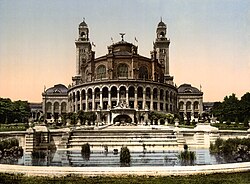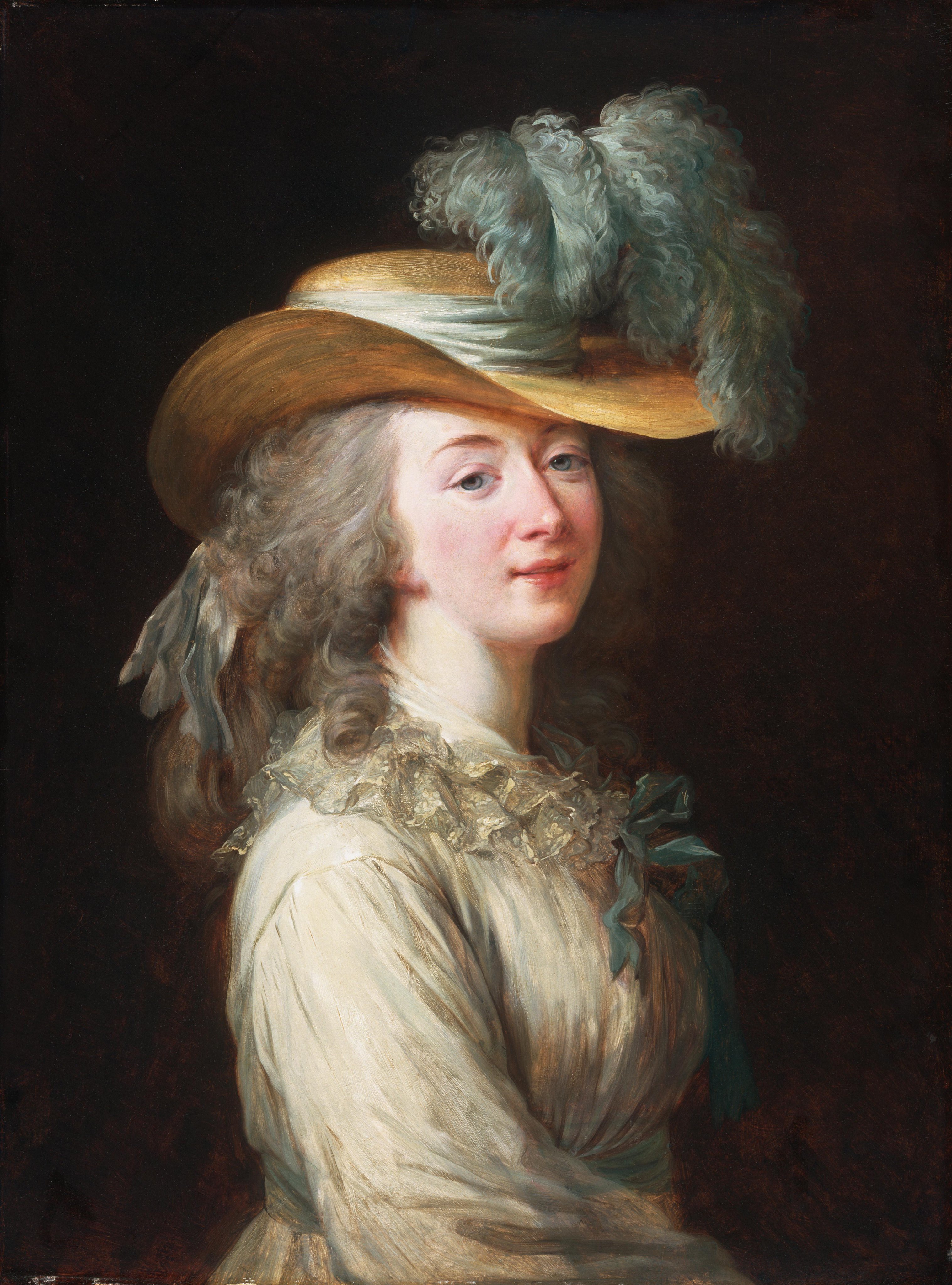 |
| Edmond & Jules (by Nadar) |
p. 27 | The Goncourt brothers offer an intimate view into late 19th century French literary society:
p. 27 | Eugène Fromentin (1820–76) was a French painter and writer. Madeleine is a character in his novel Dominique (1862), known for its psychological depiction of characters content with second best in life and love. In the novel, Dominique falls in love with the unattainable Madeleine, a friend’s married cousin. To overcome his disappointment, he throws himself into a Paris literary career, only to realize that his work is mediocre.
p. 27 | Charles Blanc (1813-82) was a French art critic. Paul Bins, comte de Saint-Victor (1827-81), known as Paul de Saint-Victor, was a French author and critic. Charles Sainte-Beuve (1804-69) wrote novels and poetry, but was primarily known as a French literary critic. Proust disagreed with his belief that in order to understand an artist and his work, it was necessary to understand that artist's biography and refuted it in his collection of essays Contre Sainte-Beuve ("Against Sainte-Beuve"). Philippe Burty (1830-90) was a French art critic who supported the Impressionsts, Japonism, and the revival of etching.
p. 27 | Eugène Gautier (1822-78) was a French classical violinist and composer.
p. 27 | Les Maîtres d'autrefois ("The Masters of Past Time", 1876), art criticism by Fromentin, was an influential appreciation of early Dutch & Belgian painting, including Rubens & Rembrandt. He also contextualizes the art by noting that the Dutch Golden Age painting develops shortly after Holland won its independence.
p. 27 | ... towers of the Trocadéro...

p. 27 | Verdurins' Quai Conti neighborhood...
p. 27 | Les Maîtres d'autrefois ("The Masters of Past Time",
1876), art criticism by Fromentin, was an influential appreciation of
early Dutch & Belgian painting, including Rubens & Rembrandt. He
also contextualizes the art by noting that the Dutch Golden Age painting develops shortly after Holland won its independence.

p. 28 |... a well-head... an above-ground top of a well...
p. 28 | Coronation of the Virgin...., for example (not of Sansovino):

p. 28 | Jacopo d'Antonio Sansovino (1486–1570): Italian sculptor and architect, best known for his works around the Piazza San Marco in Venice, crucial in Venetian Renaissance architecture.
p. 28 | ... The Salute in Guardi's pictures....
 |
| Santa Maria della Salute |
 | |
| Guardi |
p. 28 | Rue du Bac owes its name to a ferry (bac) established around 1550 on what is now the quai Voltaire, to transport stone blocks for the construction of the Palais des Tuileries. It crossed the Seine at the site of today's Pont Royal, bridge constructed under the reign of Louis XIV to replace the Pont Rouge built in 1632 by the financier Barbier. Originally, the street was named Grand Chemin du Bac, then Ruelle du Bac and Grande Rue du Bac. (wiki)
p. 28 | ... my aunt de Courmont = Nephtalie Le Bas de Courmont (née Lefebvre de Béhaine, 1802-44), who encouraged the brothers to become art collectors.
p. 28 | Miramiones: Nuns of the order of S. Genevieve, named after they combined with another order of which Mme. de Miramion was the founder in 1665, for education & nursing (A Glossary of Ecclesiastical Terms, ed. Shipley).
p. 28 | Little Dunkirk, a retail shop near the Pont-Neuf that sold "... French and foreign merchandise..." (Birnie, An Economic History of Europe, 1760-1930)
p. 28 | Gabriel de Saint-Aubin (1724-80) was a French draftsman, printmaker, etcher and painter. His enchanted genre scenes are often imbued with sweetness and elegance; their refined colors create a poetic mood. He often tempered his works with a moral tone, alluding to fleeting time and the vanity of worldly pleasures. Saint-Aubin is best known for his illustrations and tiny drawings in the margins of sales catalogues and his own Salon livrets, or guidebooks. He could capture a scene in few strokes and seldom forgot the humor in life.
p. 29 | Fermiers Généraux (publishers): a fictitious edition, referring to the 18th-century edition of La Fontaine's Contes et nouvelles en vers, which the Goncourts admired as an unparalleled example of book production (Patterson's notes).
 |
The Oyster and the Pleaders |
The Oyster and the Litigants by Jean de La Fontaine.
p. 29 | Polish sculptor Viradobetski.... we know him as "Ski," but someone thinks they are related...
p.
29 | Japanese
chrysanthemums: The chrysanthemum, or "kiku" in Japanese, was
first introduced to Japan from China in the 5th century. Because they used the flower’s
image on official seals & the throne, the imperial family was called "chrysanthemum
throne;" it remains the symbol of the Japanese emperor today. In Japan, a
white mum is the proper flower for a funeral, and a red chrysanthemum is a
symbol of love. (wiki)
p. 29 | Archduke Rudolf of Austria (1858-89): apparent suicide.
p. 29 | Charlemagne was revered as a saint in the Holy Roman Empire and some other locations after the 12th century. The Apostolic See did not recognise his invalid canonisation by Antipope Paschal III and it annulled all of Paschal's ordinances at the Third Lateran Council in 1179. He is not enumerated among the 28 saints named "Charles" in the Roman Martyrology. His beatification has been acknowledged as cultus confirmed and is celebrated on 28 January.
p. 29 | La Faustin: Edmond Goncourt novel (1882), exploring the life of a Parisian actress.
p. 30 | Yung-cheng plate...
 |
| the du Barry |
p. 30 | "...the du Barry...": Jeanne Bécu, Comtesse du Barry (1743–93) was the last mistress of Louis XV.
p. 30 | Château de Jean d'Heurs: a former abbey in Meuse where the Goncourt cousins, who kept an excellent kitchen, lived.
p. 31 | Léoville: Wine from Château Léoville Barton.
p. 31 | The brill (Scophthalmus rhombus) is a species of flatfish in the turbot family.
p. 32 | Sir Thomas Lawrence (1769–1830): major English portrait painter, 4th President of the Royal Academy.
p. 32 | Pierre Gouthière (1732–1813), great French bronze chaser and gilder who worked for Louis XV and Louis XVI.

On the Goncourt section:
Comments & an essay at The Cork Lined Room



